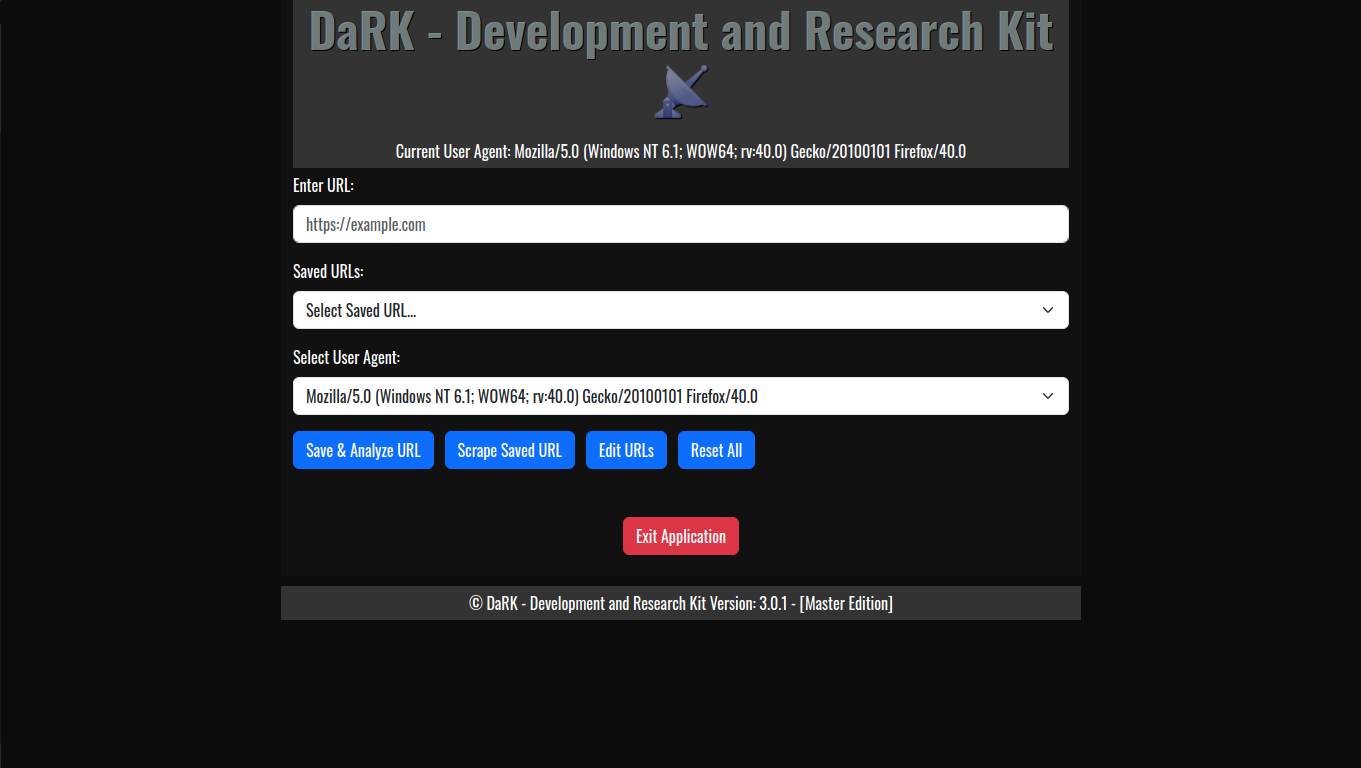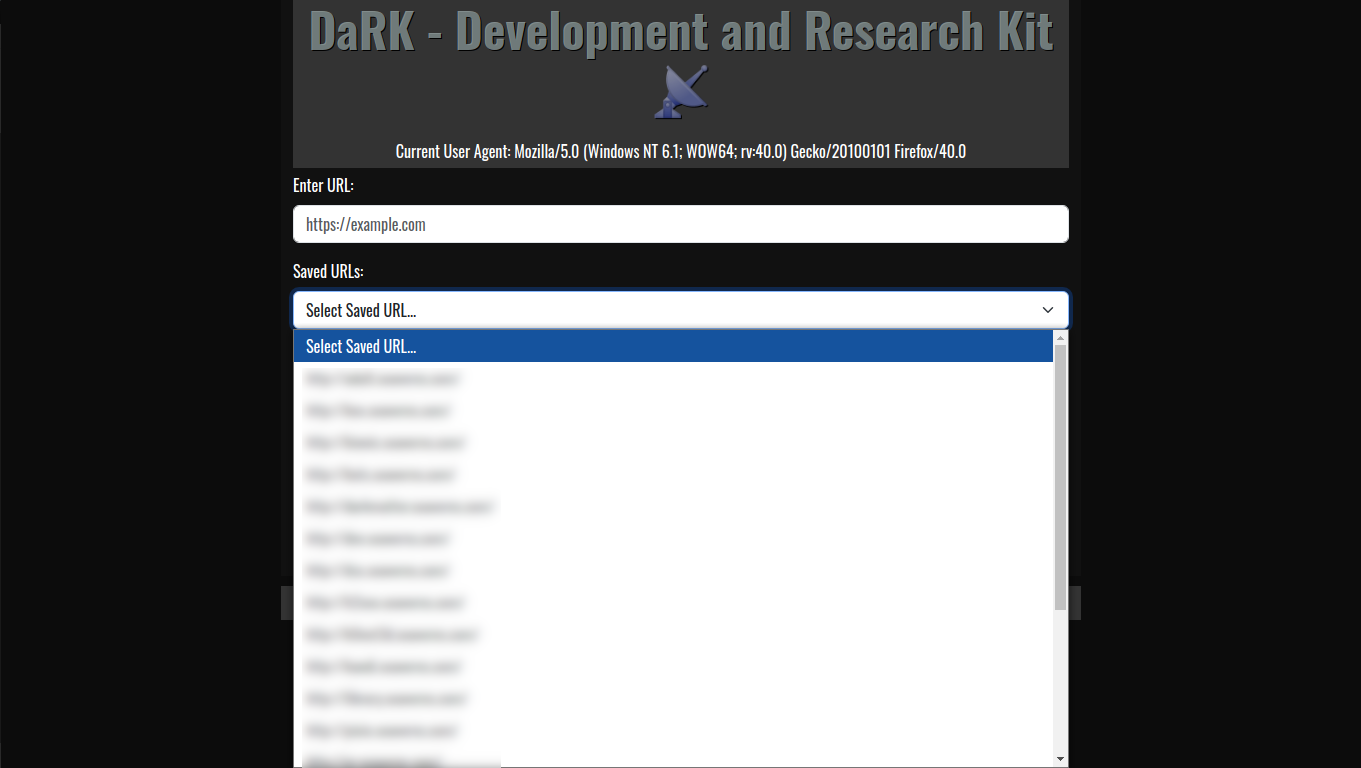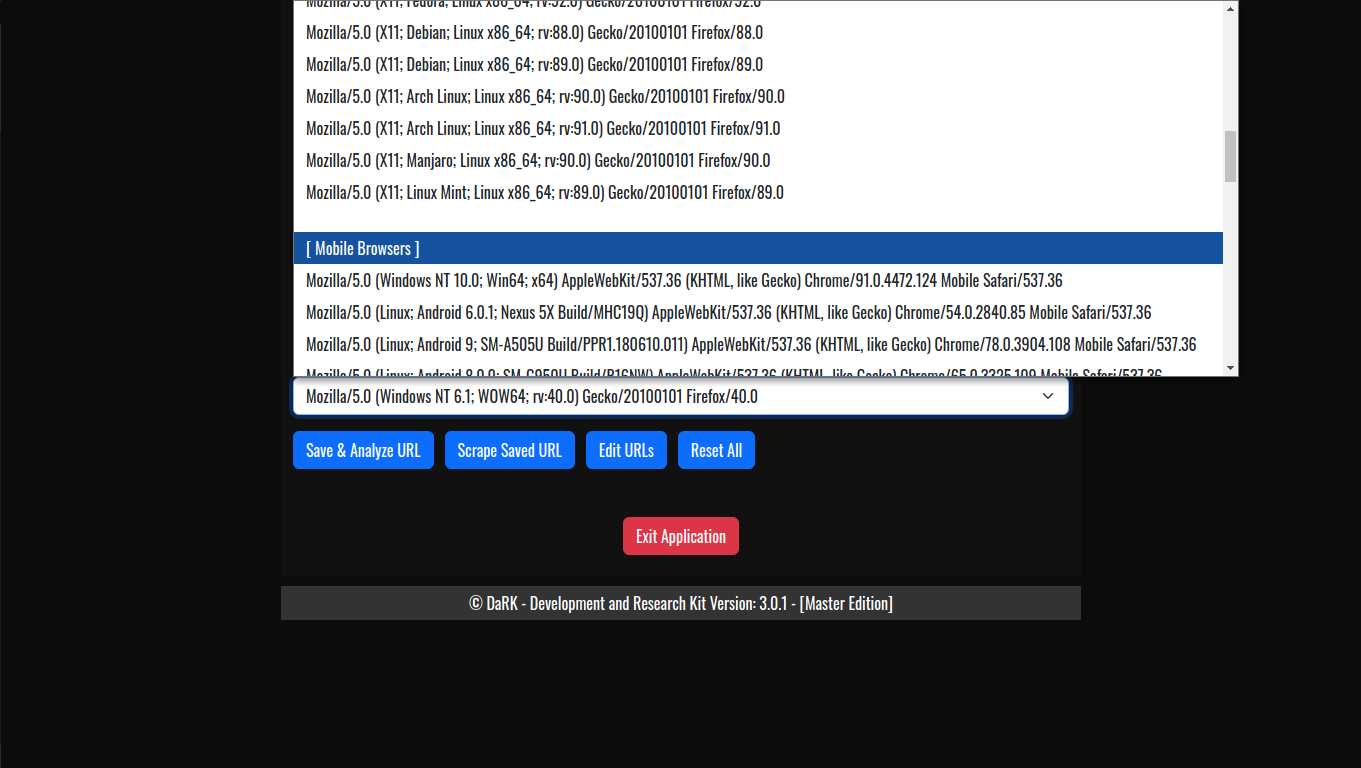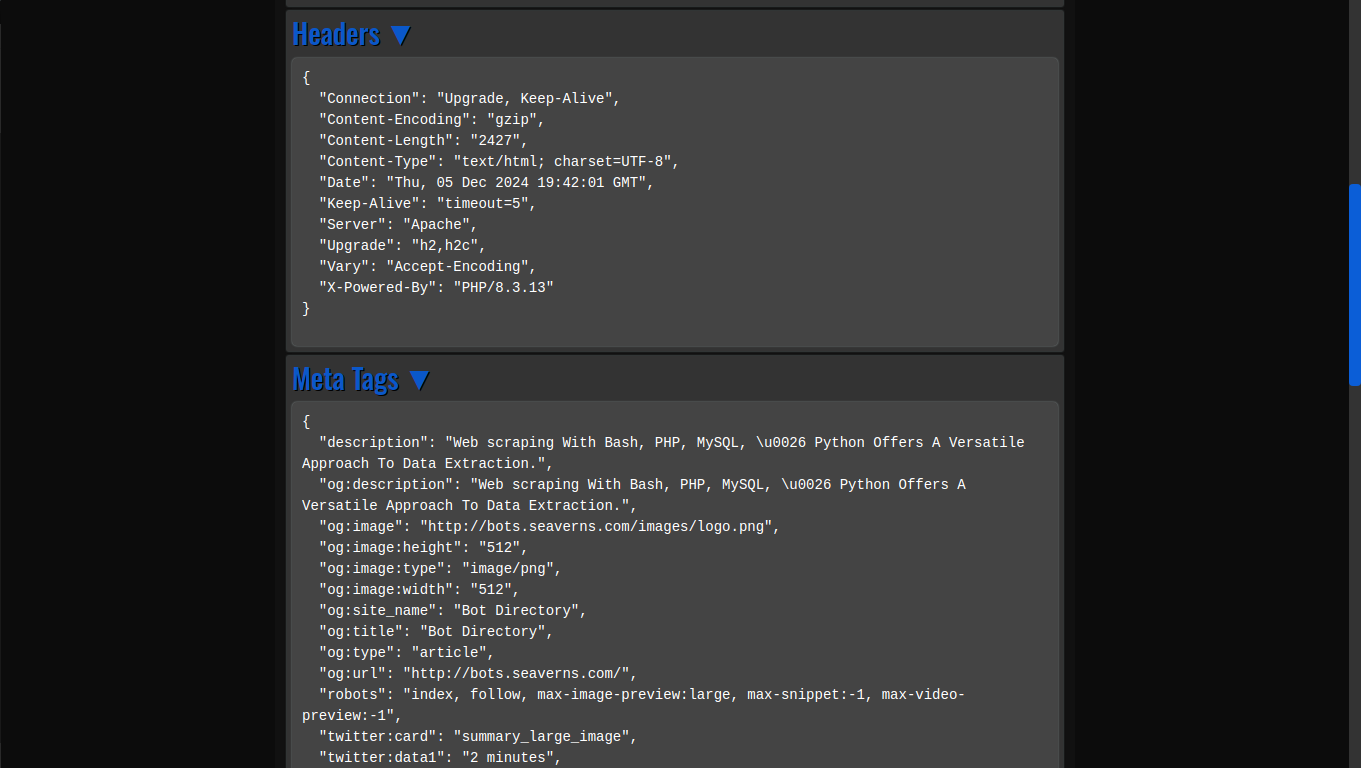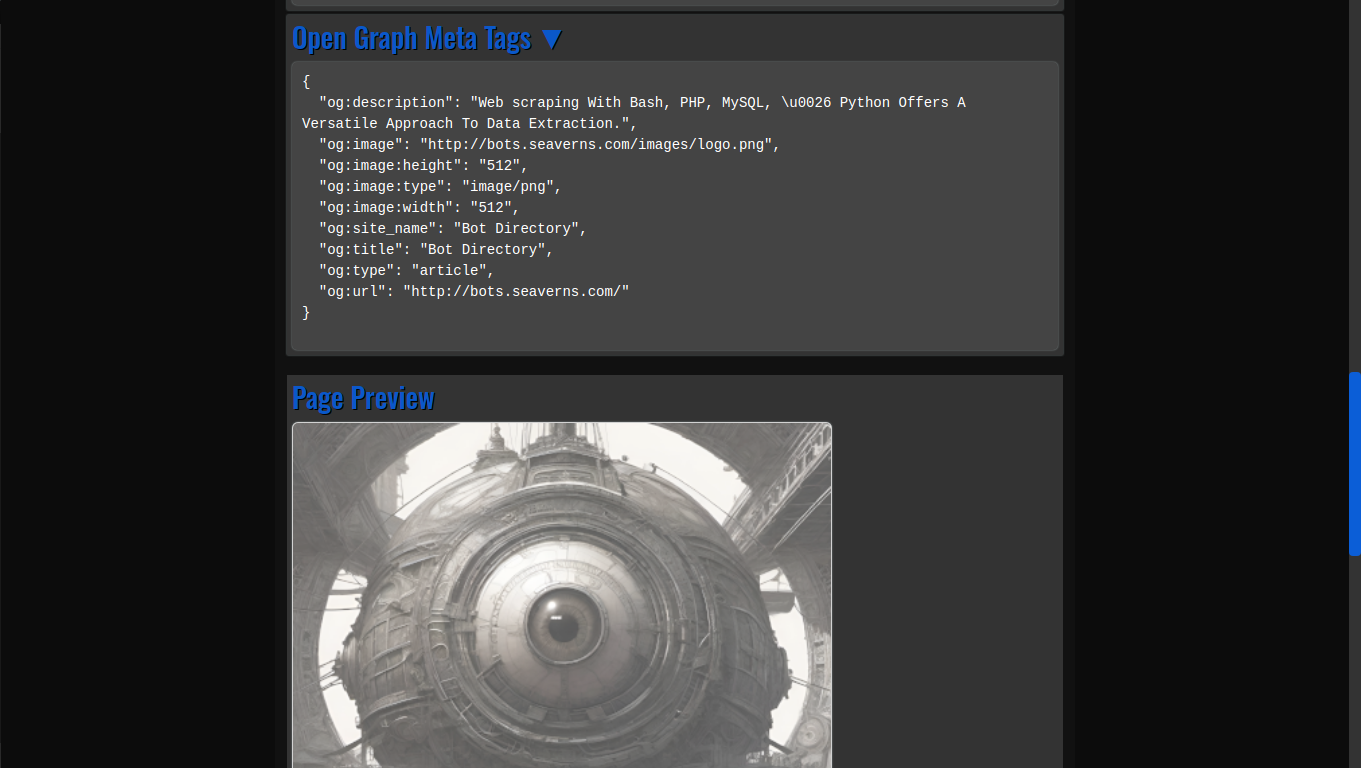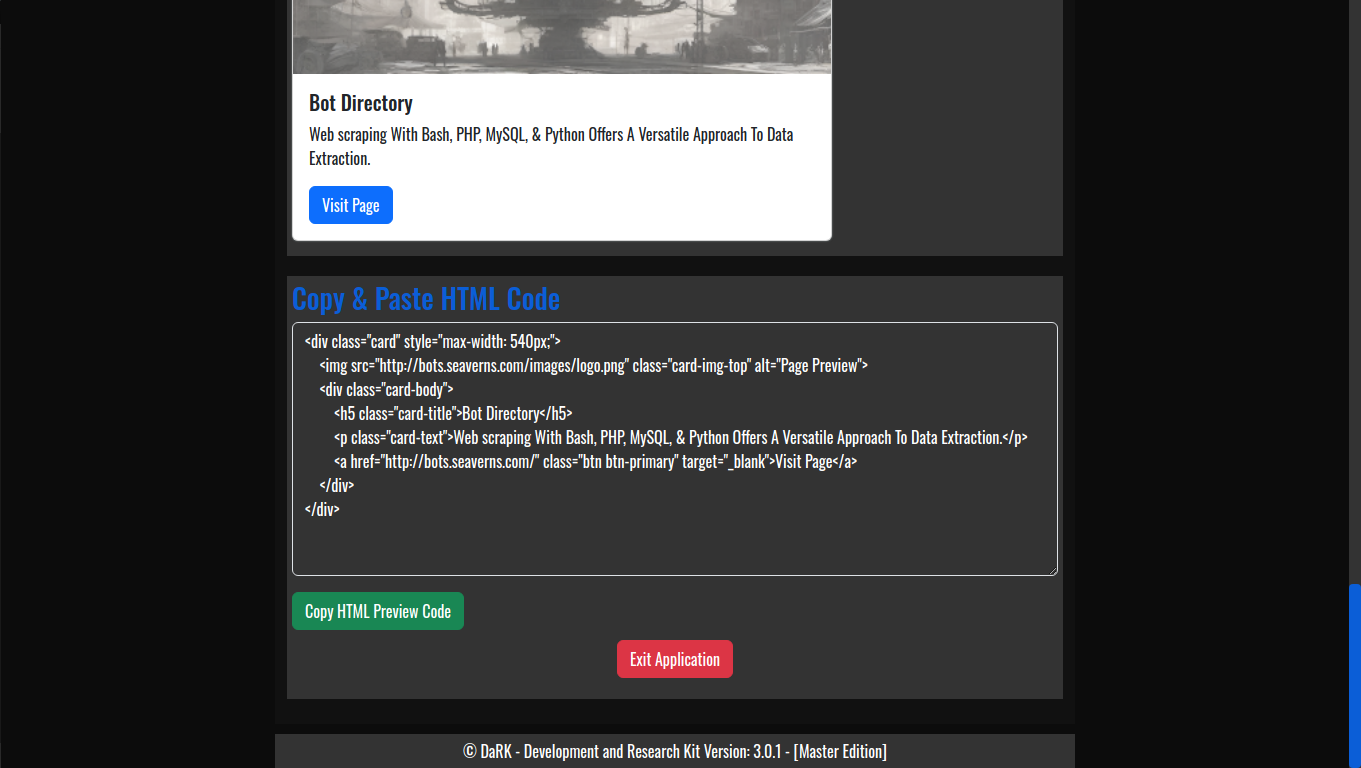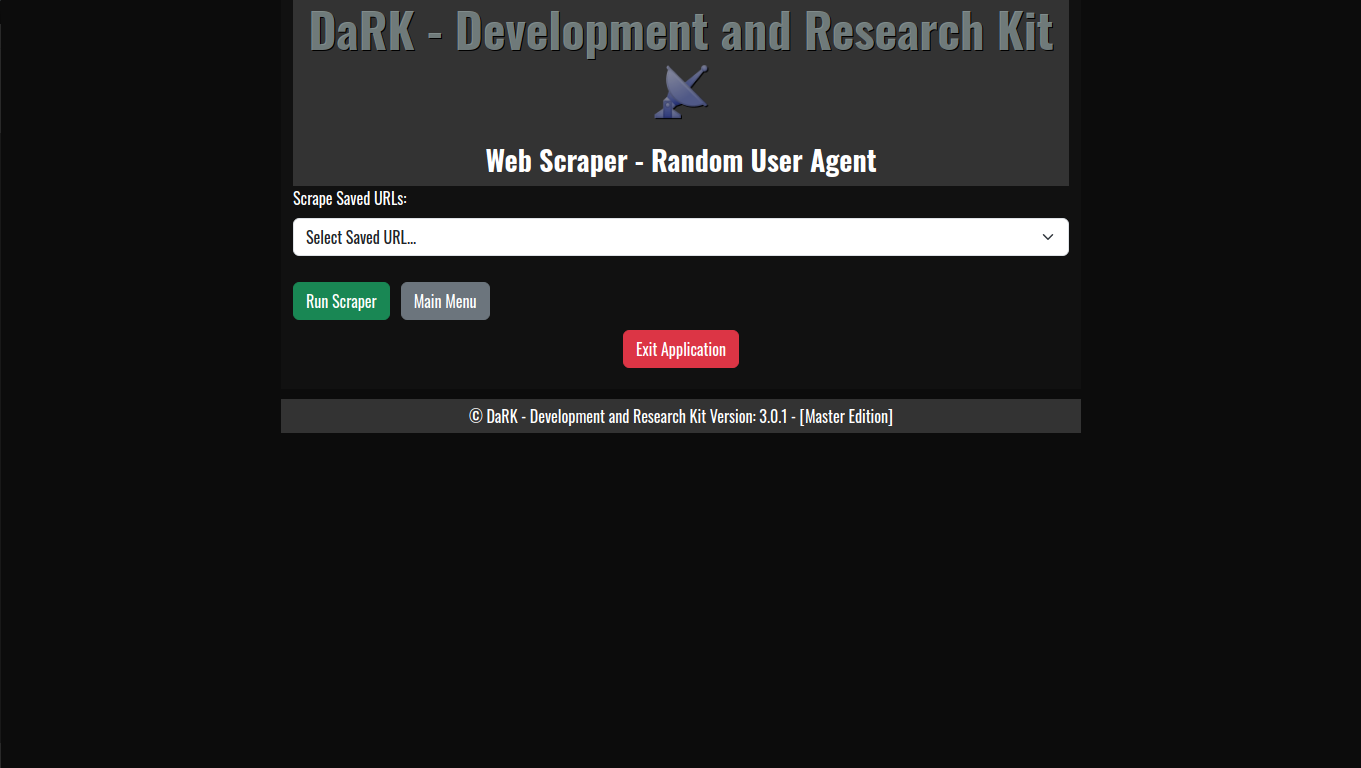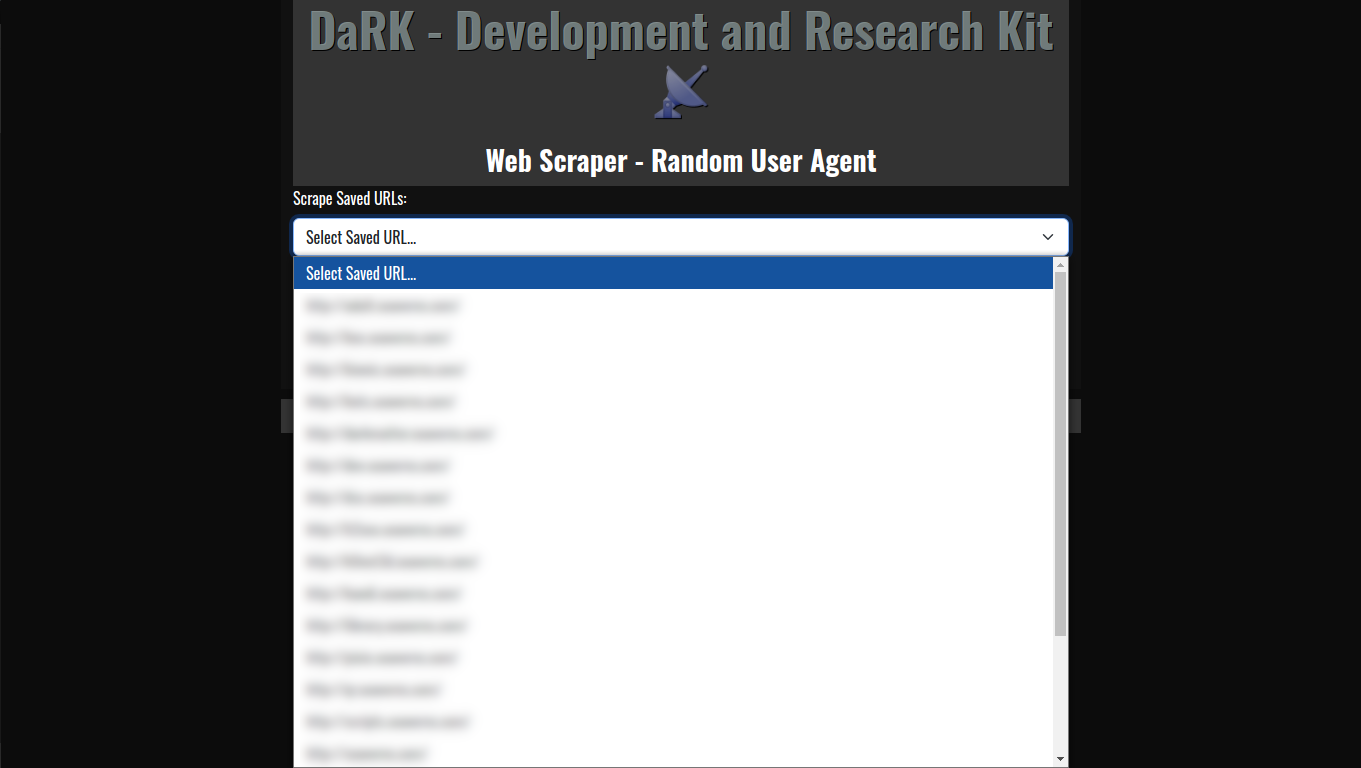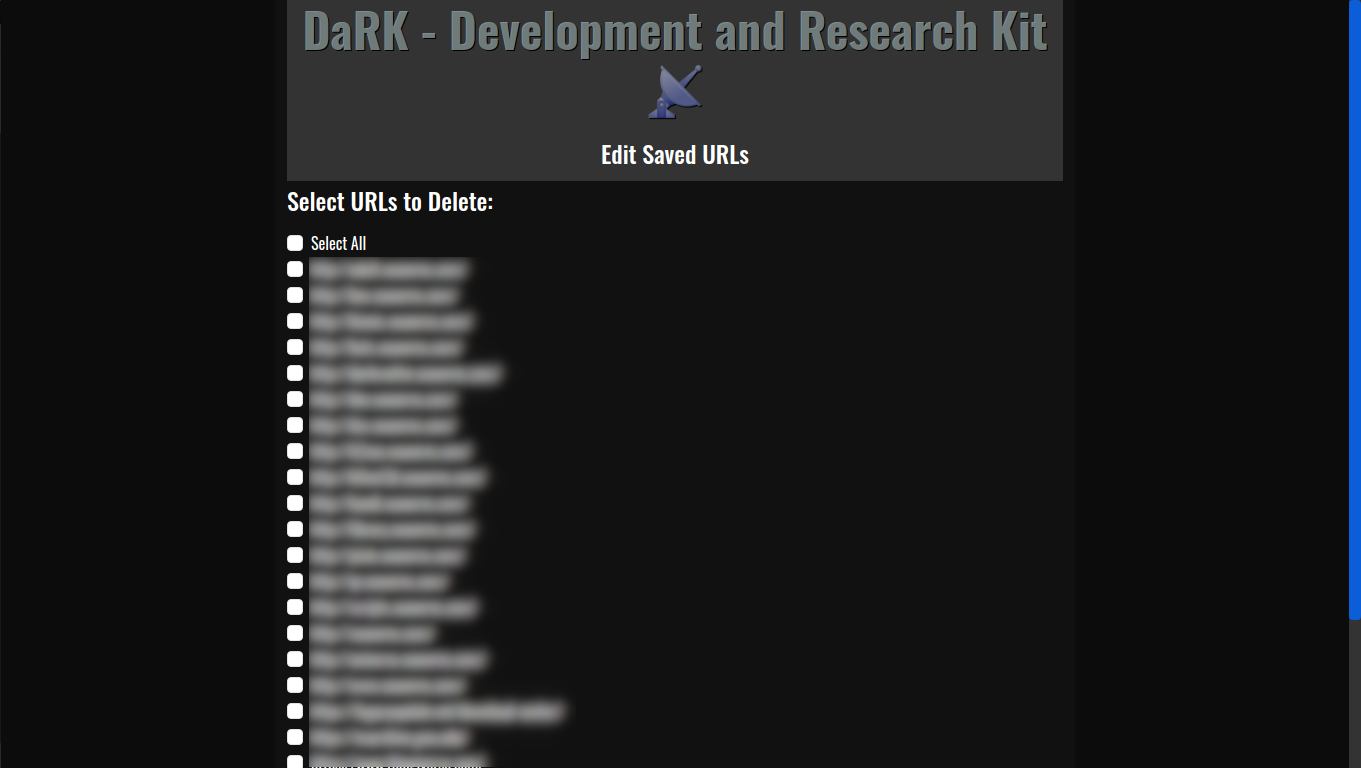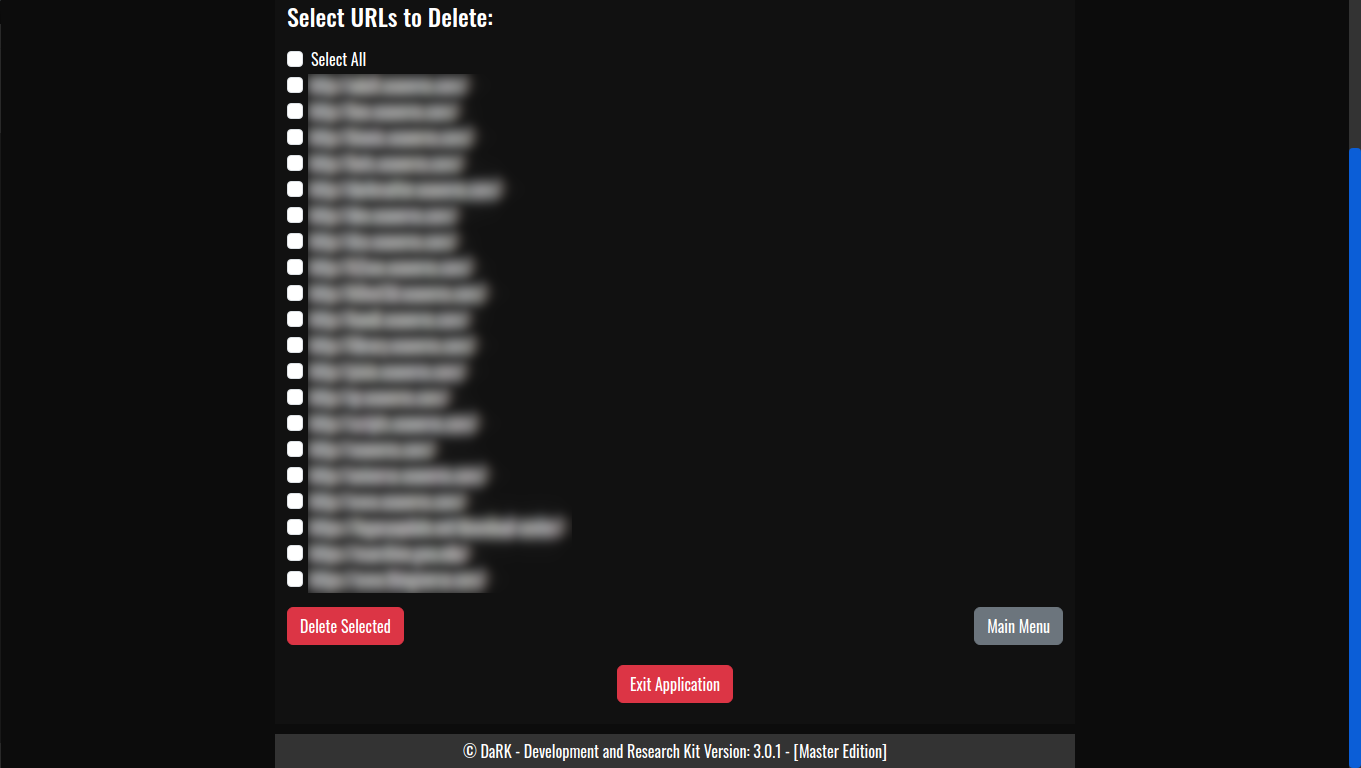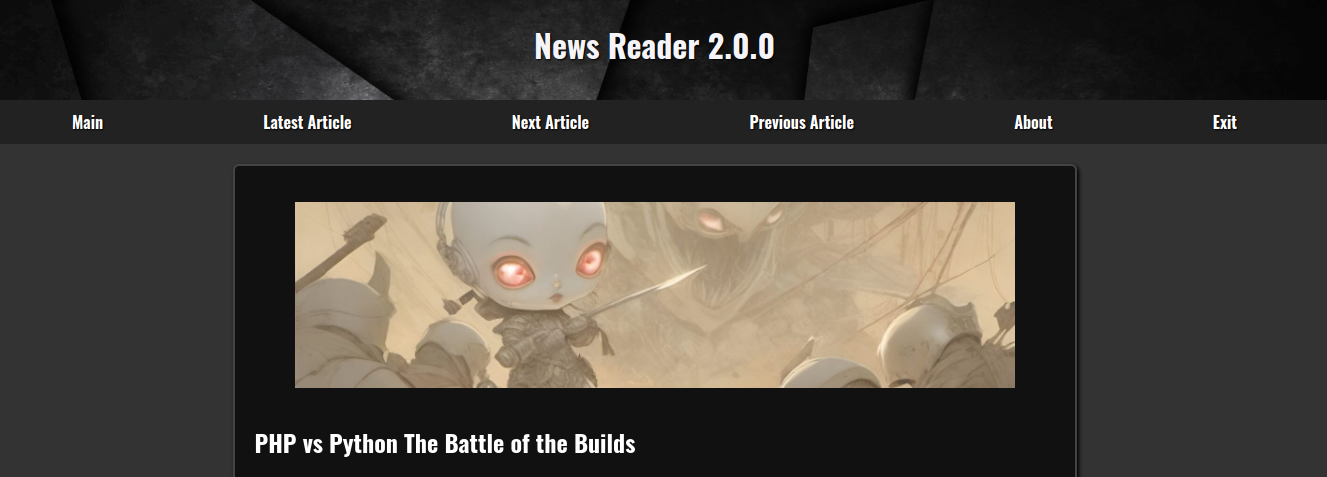The American Dream
The American Dream: From Suburban Bliss to Digital Defensiveness
The concept of the American Dream has evolved dramatically throughout the 20th and 21st centuries. Once a powerful symbol of upward mobility and contentment, the dream was initially built on the image of a nuclear family in a modest suburban home, complete with a white picket fence, two cars, a wife, children, and television sets in every room. However, as societal shifts occur and new challenges arise, the notion of the American Dream has undergone a profound transformation. Today, for many, it is no longer synonymous with the prosperous family life and material success it once represented. Instead, it often feels like a narrative of self-victimhood, denial, and passive-aggressive behavior, most visibly expressed through the online realm.
The Old American Dream: Suburban Idealism
For much of the 20th century, the American Dream was embodied by the suburban ideal. The post-World War II economic boom created an environment where the pursuit of material success was linked to family, security, and social status. The idyllic life portrayed in advertisements and television shows painted a picture of fulfillment: a stable job, a home in the suburbs, a loving wife, well-behaved children, and enough disposable income to enjoy leisure activities. In many ways, the American Dream reflected the promise of progress and prosperity—where hard work could lead to a comfortable life.
Television (often referred to as the “tell-a-vision”) became the central entertainment medium in households, an omnipresent fixture that reinforced cultural norms. Families, who could afford it, would gather around the television to watch sitcoms and dramas that idealized life in the suburbs. The idealized image of the white picket fence served as a symbol of success, prosperity, and a life well-lived, reflecting the societal belief that material wealth and family values were the ultimate goals to strive for.
The Changing Landscape: From Materialism to Emotionalism
By the late 20th and early 21st centuries, several key factors—such as economic shifts, the rise of technology, and growing social awareness—began to disrupt the traditional American Dream. The cultural emphasis on material success became increasingly questioned. In the aftermath of the 2008 financial crisis, many found themselves struggling with mortgage foreclosures, layoffs, and rising student debt, leading to widespread disillusionment with the idea that hard work alone could guarantee success. The ideal of homeownership, which once seemed like an attainable goal for middle-class Americans, was now out of reach for many, exacerbating feelings of economic inequality.
Simultaneously, growing access to digital platforms and social media introduced new forms of communication. Platforms like X (Formerly Twitter), Facebook, and Instagram, once seen as spaces for connection and self-expression, began to evolve into environments where emotions ran high. The shared experience of economic insecurity, combined with greater access to information about social issues and injustices, led to the emergence of online culture centered around self-victimhood and perceived slights. Victimhood, whether rooted in identity politics or social issues, became a powerful tool for both personal expression and social mobilization, though often in ways that emphasized division rather than unity.
The Rise of Victimhood and Digital Defensiveness
In the 21st century, the narrative of the American Dream has increasingly shifted from outward success to an inward focus on personal grievances and societal criticisms. Instead of achieving the dream of material success and family bliss, many Americans now navigate the complexities of modern life with a heightened sense of being wronged or marginalized. This shift in focus can be seen in the rise of online “cancel culture,” where individuals or groups often seek retribution for perceived injustices, real or imagined, through viral posts or social media campaigns.
This new form of the American Dream is one centered around self-identity and public recognition, often defined by feelings of victimhood. Victims of social, racial, or economic injustice are, in some circles, viewed as the true “heroes” of the modern era. These narratives are not just individual stories but collective identities that are increasingly promoted and celebrated on digital platforms. But rather than leading to collective healing, this culture of victimhood has often given way to denial, passive-aggressive behavior, and online outbursts, as many people feel increasingly disconnected from one another, only able to express their frustrations from behind the anonymity of a screen.
Denial, Passivity, and Online Aggression
The rise of passive-aggressive behavior in online discourse is a key part of the transformation of the American Dream into a more emotionally reactive and often divisive concept. Many individuals today, feeling disempowered and angry about the state of the world, channel their frustration through indirect or passive-aggressive online actions. This manifests in sarcastic posts, inflammatory comments, and the sharing of memes designed to provoke rather than solve. This “safe” outlet for expression has become a primary avenue for many who feel they have little control over their real lives but can still wield influence in the virtual world.
The digital landscape has allowed people to curate their narratives in ways that reinforce their sense of being victims, rather than proactive agents of change. Online platforms enable individuals to avoid uncomfortable truths about their own shortcomings or societal challenges. They can post anonymously, take part in “groupthink,” and engage in echo chambers that validate their worldview while ignoring opposing perspectives.
The American Dream in Crisis?
In its transformation, the American Dream has moved away from a vision of outward success and material wealth toward a more inward-focused concept defined by emotional expression and digital identity. While the suburban ideal once encapsulated the dreams of millions, today the reality for many Americans is fraught with feelings of injustice, isolation, and anger. The rise of victimhood culture and online passive aggression suggests that for some, the American Dream is no longer about tangible success but about the safety and validation offered by online platforms. The question now becomes: Is the dream of prosperity and happiness still achievable, or has it evolved into something darker—an unending quest for recognition and self-justification, often at the cost of unity and genuine progress?





